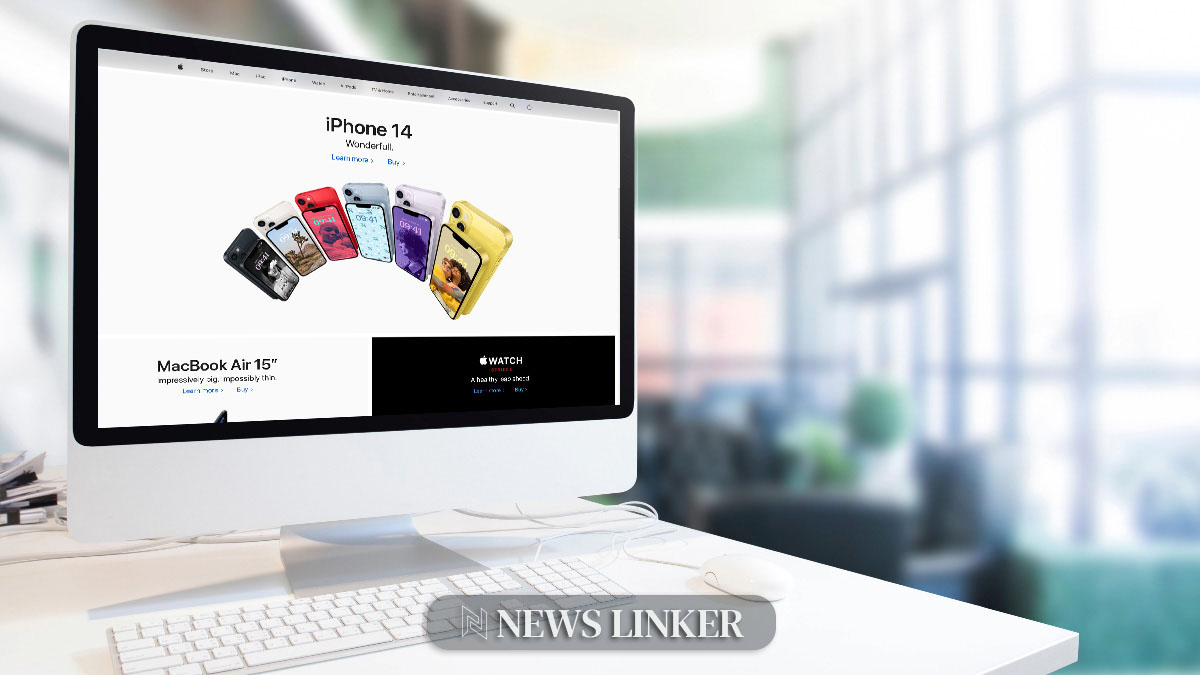In the competitive landscape of South Korea’s smartphone market, a recent shift has seen Apple gaining significant ground against Samsung. Historically, Samsung has enjoyed a stronghold in its homeland since its inception in 1938. However, the introduction of the iPhone 15 series has been met with remarkable enthusiasm from Korean consumers, indicating a possible change in market dynamics. The iPhone’s rising popularity could be attributed to various factors, including brand loyalty, technological advancements, and consumer preferences, challenging Samsung’s long-standing dominance.
Apple’s ascendancy in the global smartphone market reached a new milestone in 2023, as it outshone Samsung for the first time in 12 years. This development reflects a broader trend of consumers increasingly opting for iPhones over other brands. Samsung’s challenges are not new; they have faced similar competitive pressures globally. However, the recent sales surge of the iPhone 15 series in South Korea signifies a more immediate threat to Samsung’s market leadership in its own backyard.
What Caused Apple’s Surge in Popularity?
The iPhone 15 series’ success in South Korea can be traced back to its impressive first-month sales, which outperformed the preceding iPhone 14 series by 41.9 percent. This consumer preference demonstrates a shift that could influence Apple’s approach to future product launches in Korea. With the Korean market traditionally classified as a third-tier group for Apple, the company might now reevaluate and elevate Korea’s status due to the heightened demand.
How Will Market Tiers Be Affected?
Given the swelling interest in iPhones, Korea’s tier status in Apple’s market strategy is likely up for reconsideration. The recent sales data suggests that Korea could be poised to join the more prioritized first or second-tier groups. This change would not only reflect the market’s size but also the strategic importance due to growing consumer loyalty towards Apple’s brand and products.
What Does This Mean for Samsung?
Samsung’s reputation as the preferred choice in its home country is under scrutiny. The company, which once seemed invincible in South Korea, now faces the reality of a marketplace where brand preferences are shifting. This tectonic shift raises questions about Samsung’s future strategies to reclaim and retain consumer interest amidst Apple’s onslaught.
Useful information for the reader?
– Apple’s recent accomplishments in South Korea signal a transformative era in consumer preferences.
– Samsung is compelled to reevaluate its competitive strategies to counter Apple’s growing influence.
– The shift in market tiers indicates Korea’s escalating importance to Apple’s global sales strategy.
Samsung, once the unchallenged leader in the South Korean smartphone market, faces a formidable challenge as Apple’s iPhone 15 series captivates Korean consumers. The tide turning in Apple’s favor is a testament to the powerful allure of its brand and the innovative appeal of its latest products. This shift may compel Samsung to reinvigorate its product offerings and marketing strategies to sustain its competitive edge in a rapidly evolving market. For consumers, the heightened competition is likely to spur advancements in technology and customer service, enhancing the overall user experience. As the battle for market dominance continues, it remains to be seen how Samsung will adapt to maintain its stature against a surging Apple within the confines of its home territory.










